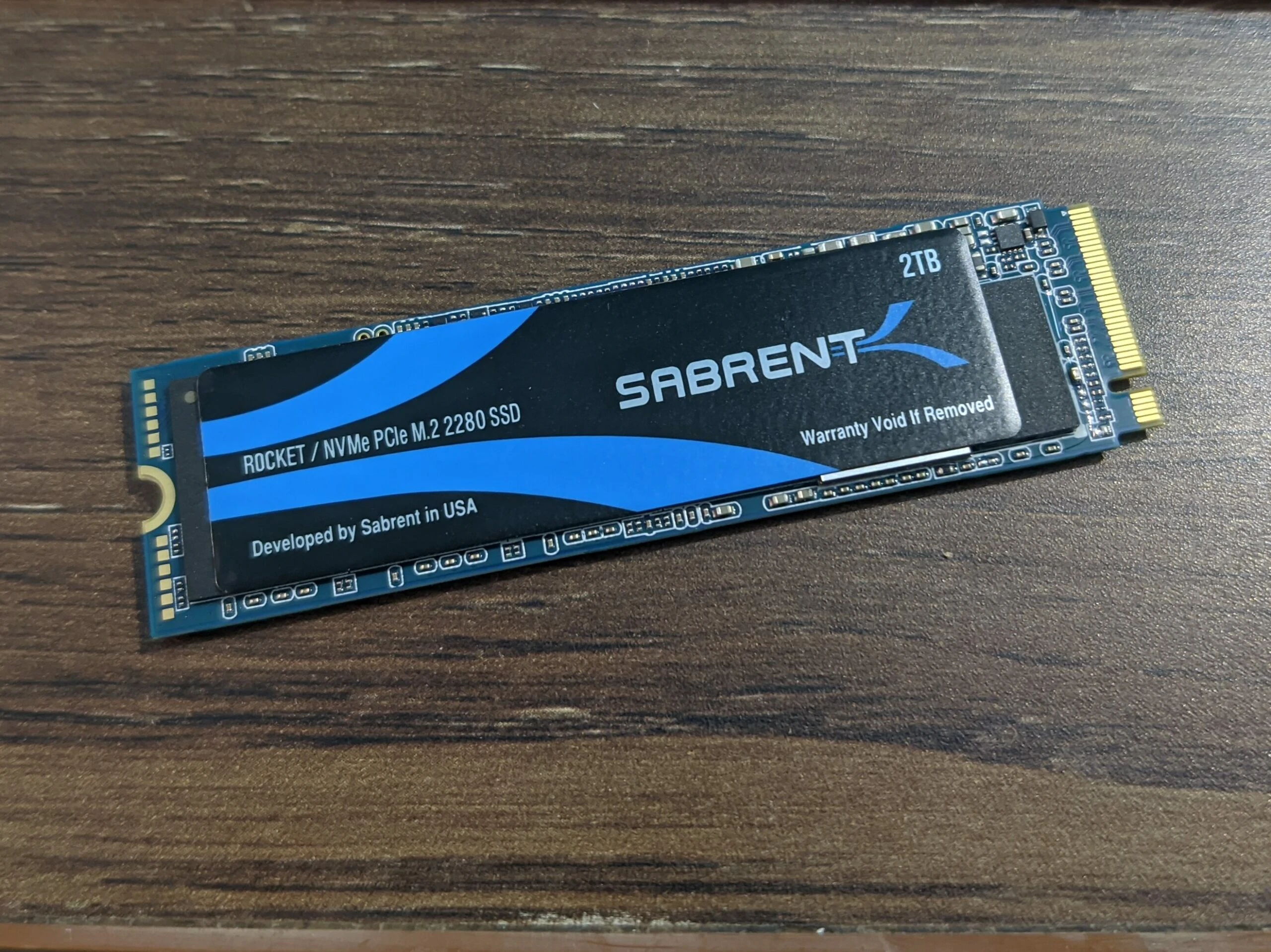Most SSDs in the market today her categorized on the interface or the markets they are targards. Both are equally important to consider when shopping for an SSD.
NVMe vs. SATA
NVMe or the Non-Volatile Memory Express is an interface that connects the NAND flash of an SSD to your computer’s PCIe bus. This is the fastest interface with the lowest latency for storage devices, offering the SSD flash directly to the host processor.
SATA or Serial ATA is an interface that serves more traditional forms of storage m,edia such as hard dr,ives while also being adapted for more modern flash-based SSDs. Drives using the SATA interface also connect to the PCIe interface, though it does via an HBA.
A third interface less commonly seen among consumer SSDs is SAS. Standing for Serial-Attached SCSI, the interface is the SATA equivalent on enterprise systems, featuring double the bandwidth while including advanced features for better performance and reliability.
Bandwidth
NVMe features the highest bandwidth and lowest latency among the three interfaces, followed by SAS and SATA. This is thanks to its direct connection to the host processor/motherboard via PCIe lanes.
SAS and SATA usually utilize an HBA or Host Bus Adapter, which pairs multiple SAS/SATA lanes to the PCIe bus. This keeps the limit down to 6 Gbps for SATA and 12Gbps for SAS.
Compare this to the 32 Gbps max limit of an NVMe interface using PCIe Gen 3.
Form Factor and Connectors
SSDs featuring the NVMe interface typically come in the M.2 or 2.5-inch form factor. M.2 SSDs are found in consumer and enterprise segments, while the 2.5-inch NVMe SSDs are exclusive to enterprises. The M.2 form factor uses a connector by the same name, while 2.5-inch drives use the SF-8639 U.2 connector.


SATA SSDs also can utilize the M.2 form factor, though they usually utilize the 2.5-inch factor with an L-shaped SATA connector. The M.2 SATA drives, although similar in shape to their NVMe counterparts, still have the 6Gbps limit of the SATA interface.
Most SAS drives have an SFF-8482 connector compatible with SATA and SAS drives. There are several other SAS connectors, though we will not look at them in this article.
| Interface | NVMe (PCIe 3.0 x4) | SATA III | SAS-3 |
| Bandwidth | 32 Gbps | 6Gbps | 12Gbps |
| Form Factor | M.2 and 2.5-inch | M.2 and 2.5-inch | 2.5-inch |
| Connector | M.2 and SF-8639 U.2 | SATA and SFF-8482 | SFF-8482 |
Consumer vs. Enterprise
While they may have the same underlying technology, consumer and enterprise SSDs can vary in performance and endurance.
The simple between both is that enterprise SSDs feature higher quality NAND chips. They are usually manufactured in the same supply line as consumers but “binned” out for higher performance and reliability.
That’s how enterprise SSDs can assure writes in the range of Petabytes, which is what you usually pay extra for.
A typical consumer SSD like the Rocket 4 Plus has a write endurance of 600 TB for the 4TB model. This doesn’t mean that they will wear out faster. It would take over 300 GB of writes every day to cross the endurance limit within the 5-year warranty period, something a regular consumer will never exceed.
When do I need a consumer SSD?
- Bulk storage of game libraries, large files and multimedia.
- Scratch disks for video editing and related workloads.
- External high-speed storage.
- OS drive for regular use.
When do I need an enterprise SSD?
- Transcoding and database drives in media and storage servers.
- Cache drives for 24/7 rendering workloads.
- Drives used in continus logging of system data.
Conclusion
Selecting the right mix of speed, endurance, and the price is necessary to identify the ideal SSD for your needs. Used enterprise SSDs can often be found cheaply on online marketplaces like eBay and are always the better choice over a cheap consumer SSD for write-intensive uses.
If you found it helpful, then feel free to share this article. You can bookmark our homepage and return for the latest guides and informative articles for your favorite tech. Feel free to ask any questions or mention clarifications in the comments below.


Comments